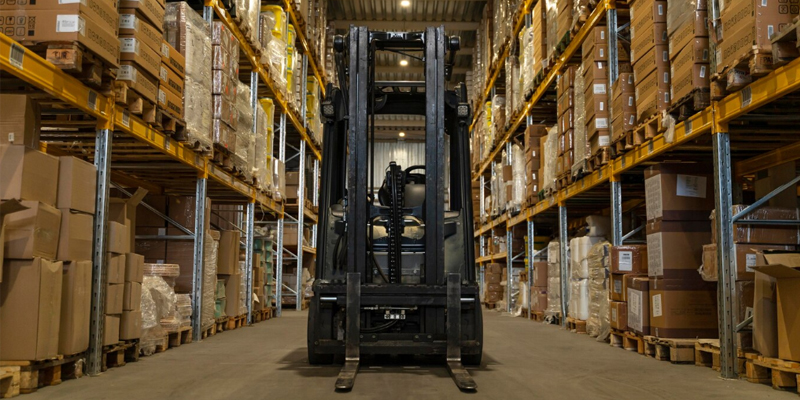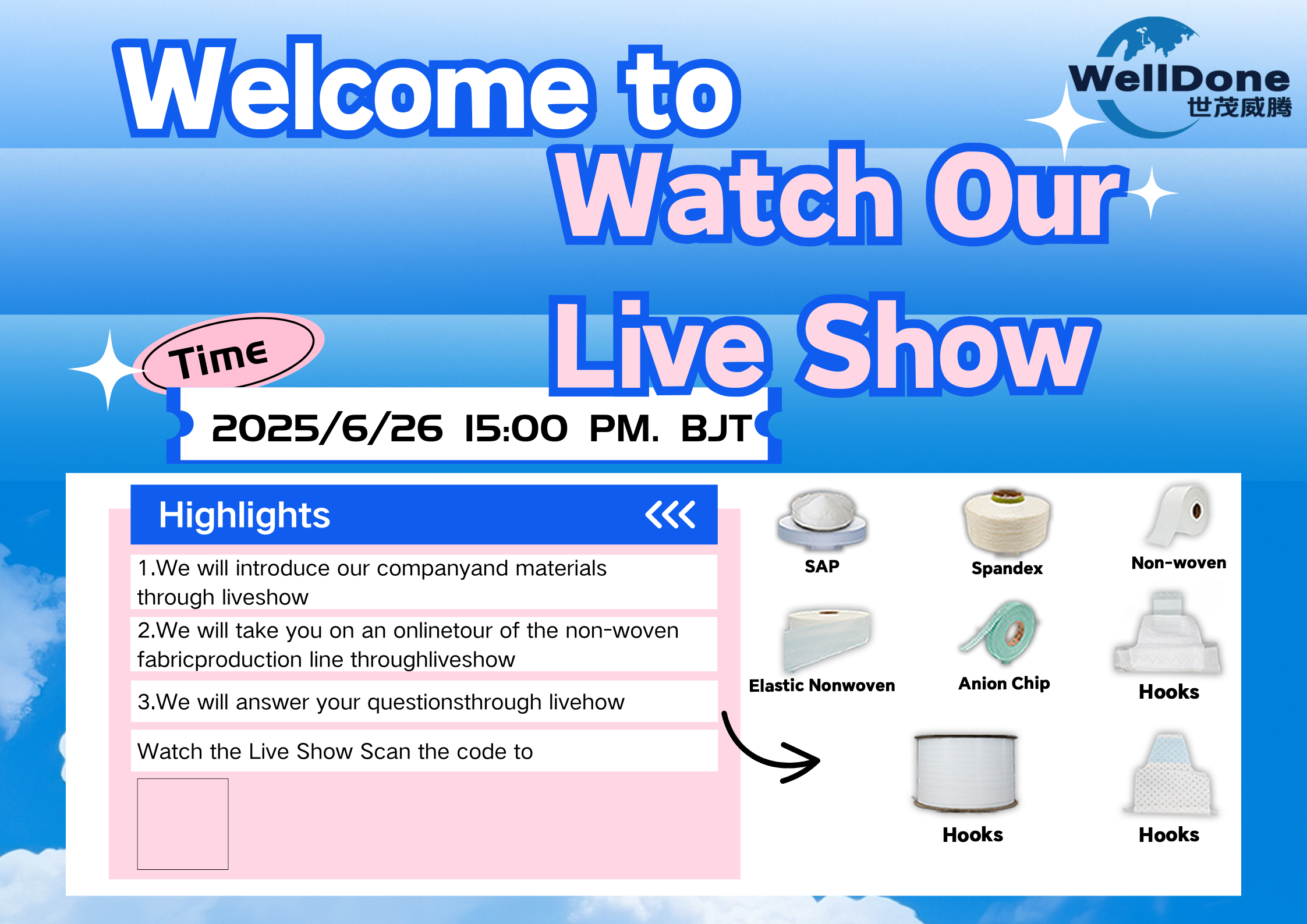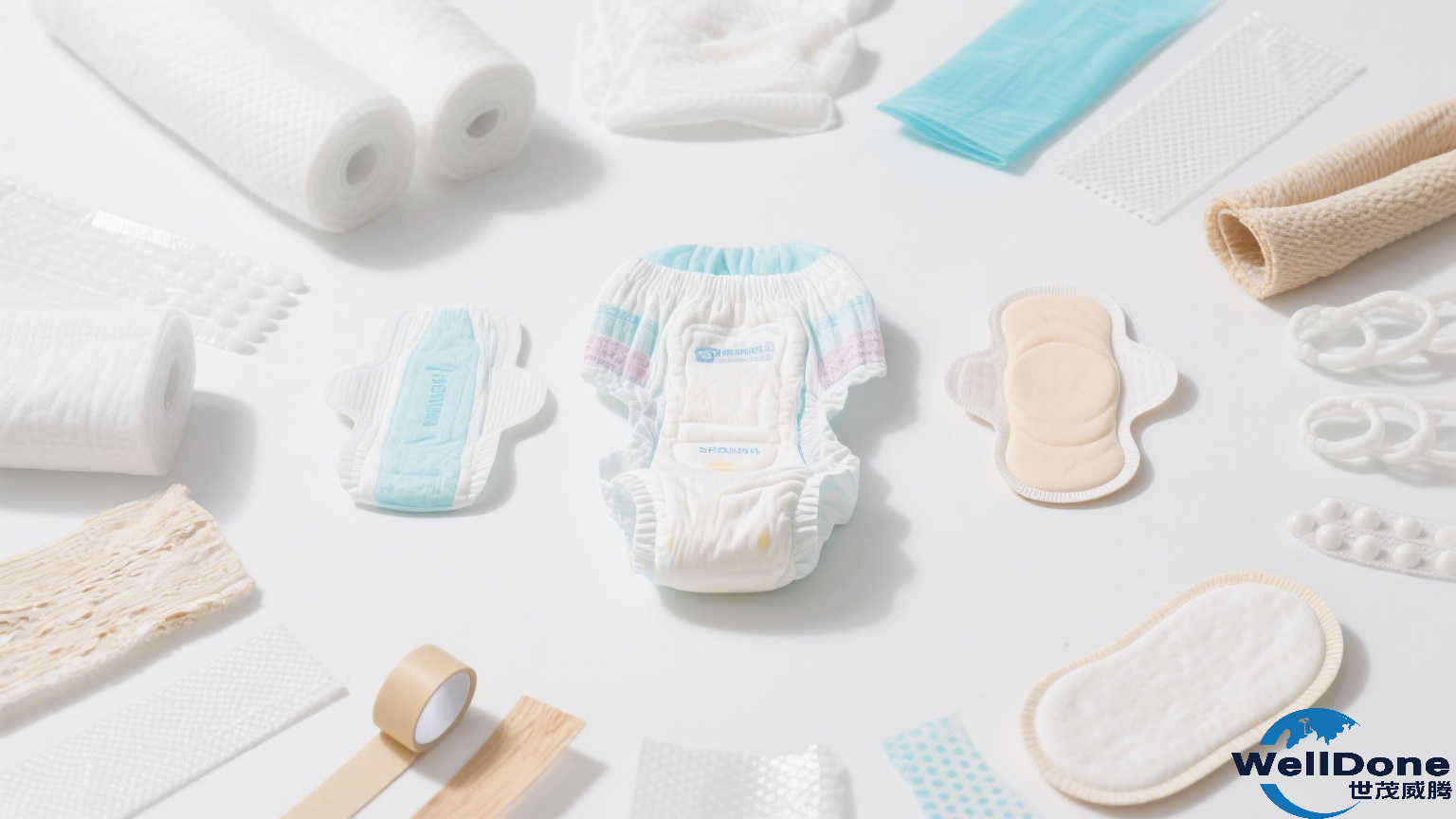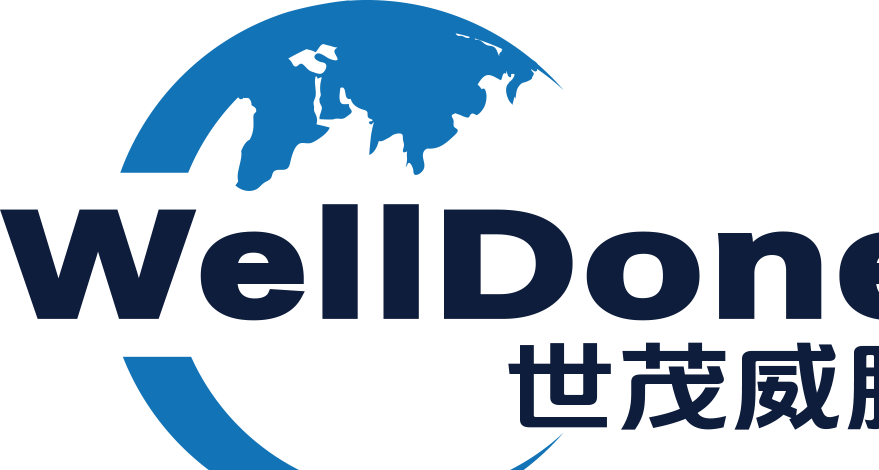In the global sanitary products market, if brands want to enter the medical channel, choosing a compliant and qualified OEM factory is a key link. However, most brands lack a systematic understanding of the qualification requirements for access to medical channels, and often encounter obstacles in cooperation and miss market opportunities due to incomplete qualifications of OEM factories. As a senior OEM/ODM factory with 15 years of experience in the sanitary products industry, WELLDONE is well aware of the importance of qualification documents for medical channel cooperation. In view of this, this article sorts out the list of 12 core qualification documents that OEM factories must provide to enter the medical channel, providing professional reference for brands to screen partners and helping them to successfully develop the medical market.
I. Basic Qualification Documents
The Business License is the primary certificate for the legal operation of an OEM factory. It must clearly include categories related to hygiene product production in the business scope and be within the validity period. The Production License is a key measure of the compliance of the OEM factory's production. Especially for disposable hygiene products such as sanitary napkins, it must have the "Hygiene License for Disinfectant Product Manufacturers" issued by the provincial market supervision and administration department to ensure that the production environment and processes meet national standards.
II. Product Compliance Documents
The product record certificate is indispensable. According to the "Measures for the Administration of Disinfection", hygiene products such as sanitary napkins must complete the record in the provincial health and health administrative department where the production is located, and the record information must be consistent with the actual product. In addition, the third-party testing report is a strong proof of product quality. It must be issued by a testing institution with CMA qualification, covering key testing items such as microbial indicators and physical and chemical indicators, and the report must be within the validity period.
III. Production Control Documents
The environmental testing report of the production workshop can reflect whether the production conditions of the OEM factory meet the standards. It must include parameters such as cleanliness and temperature and humidity, in line with the requirements for the production environment in GB 15979 - 2002 "Hygienic Standard for Disposable Sanitary Products". The quality management system certification certificate is also crucial, such as ISO 9001 quality management system certification, which proves that the OEM factory has a sound quality control process, with full traceability from raw material procurement to finished product delivery.
IV. Raw Material Safety Documents
The qualification certificates of raw material suppliers are the source of ensuring product safety. The OEM factory must provide the business licenses, production licenses and testing reports of suppliers of main raw materials (such as fluff pulp, super absorbent polymer, etc.) to ensure that the raw materials meet medical-grade standards. At the same time, the incoming inspection records of raw materials must be complete, detailing the inspection results of each batch of raw materials to prove that the raw material quality is controllable.
V. Export-Related Documents (For International Medical Channels)
If the brand plans to promote its products to the international medical market, the OEM factory must also provide the commodity inspection certificate for exported products to prove that the products meet the hygiene and safety standards of the importing country. In addition, for different countries and regions, such as the EU market, CE certification is required, and the US market requires FDA registration certification. These are essential documents for entering the international medical channel.
Important industry keywords: medical channel access, OEM manufacturer qualifications, hygiene product compliance, cross-border hygiene product trade, disposable hygiene product standards.
VI. Summary of the 12 Qualification Documents List
- Business License
- "Hygiene License for Disinfectant Product Manufacturers"
- Product Record Certificate
- Third-Party Testing Report (with CMA qualification)
- Production Workshop Environmental Testing Report
- ISO 9001 Quality Management System Certification
- Business License of Main Raw Material Suppliers
- Production License of Main Raw Material Suppliers
- Testing Report of Main Raw Materials
- Incoming Inspection Records of Raw Materials
- Commodity Inspection Certificate for Exported Products
- Target Market Access Certification (such as CE, FDA)






 WELLDONE is one of the leading companies, which is focused on supplying A-Z Service for the customer in the disposable hygiene product field, which located in Jinjiang City, Fujian Province, China.
WELLDONE is one of the leading companies, which is focused on supplying A-Z Service for the customer in the disposable hygiene product field, which located in Jinjiang City, Fujian Province, China.





